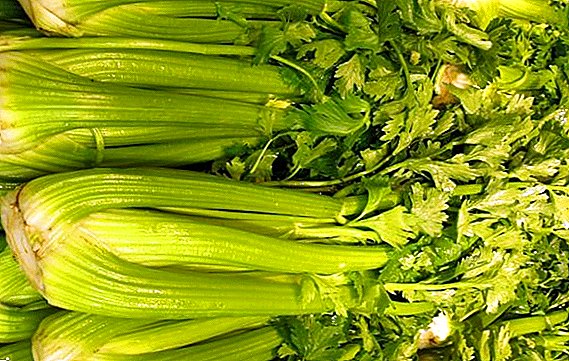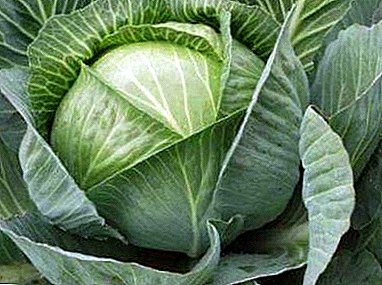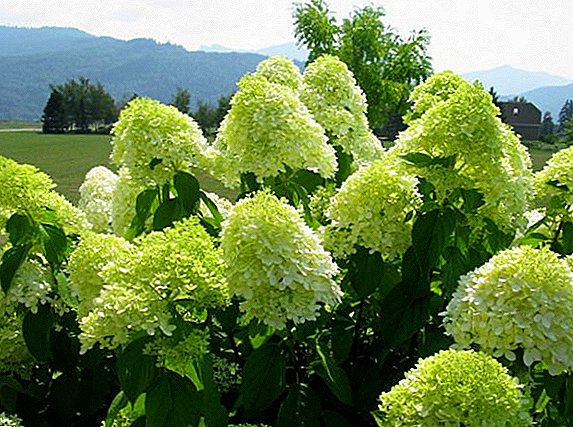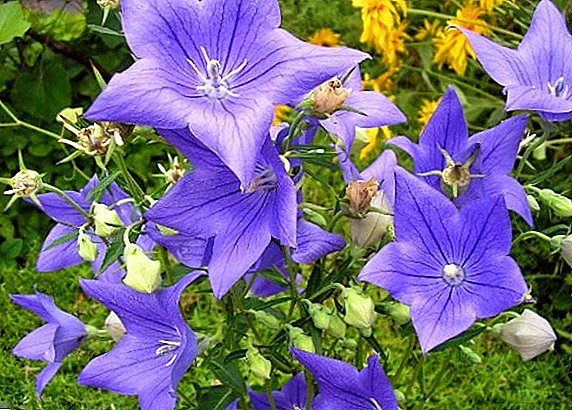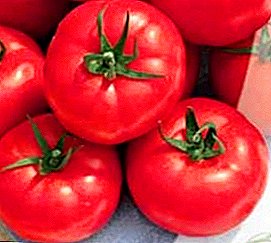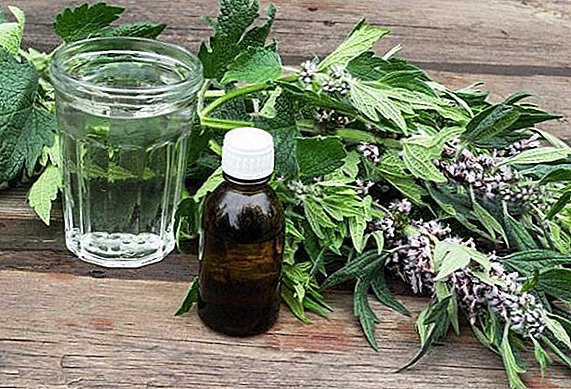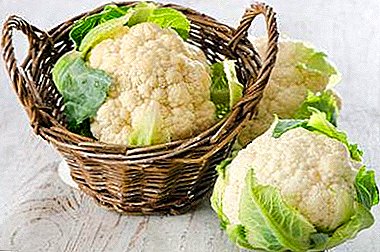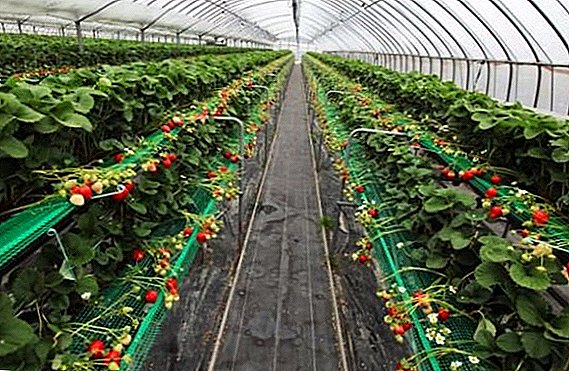 Such a tasty and healthy berry, like strawberries or garden strawberries, can be grown all year round in greenhouse conditions. The success of this enterprise depends on the proper selection of the variety and the proper care of the plant. Recommendations about growing strawberries in the greenhouse can be found below.
Such a tasty and healthy berry, like strawberries or garden strawberries, can be grown all year round in greenhouse conditions. The success of this enterprise depends on the proper selection of the variety and the proper care of the plant. Recommendations about growing strawberries in the greenhouse can be found below.
The best greenhouse varieties
Growing strawberries in a greenhouse makes it possible to have appetizing homemade berries on the table, regardless of the season and weather conditions, it saves space by compact placement of bushes and preserves a large percentage of the crop.
Experienced gardeners by perennial samples found out which varieties of garden strawberries show the best yield when grown in protected ground. For this, one should choose high-yielding, remontant, self-pollinated, neutral day varieties. We have compiled for you an overview and a brief description of dozens of popular varieties.
- "Albion". Remontant, capable of repeated fruiting variety. Bred in 2006 in the USA. It is characterized by high yield (0.4–2 kg from one bush per season), large berries (40–60 g each), resistance to abrupt weather changes, anthracnose and gray rot.
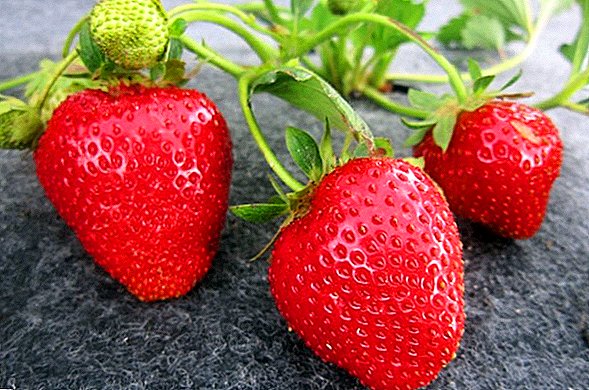
- "Brighton". Semi-repetitive, large-fruited variety bred by American breeders. It has compact bushes that bloom profusely. Berries large - 50-60 g in weight, beautiful red color with a varnished coating. Differ in good transportability. The plant is resistant to fungal diseases.
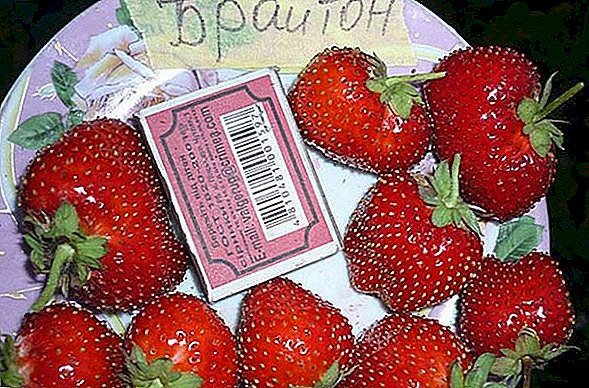
- "Gigantella". Variety bred in Holland. It produces large fruits weighing up to 100 g. Berries are dense, well transportable, with a pleasant rich flavor and pineapple aroma. Bushes in this variety are compact. Productivity is high - up to 3 kg from one bush per season.
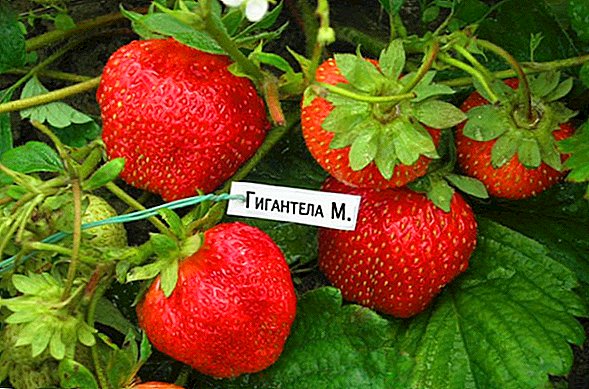
- "Crown". The variety was bred by Dutch breeders in 1972. It became popular due to a high yield level, a long period of fruiting, winter hardiness (up to -22 degrees), drought resistance, and resistance to most fungal diseases. Berries from the "Crown" of medium size - 15-30 g, medium density, juicy and tasty.
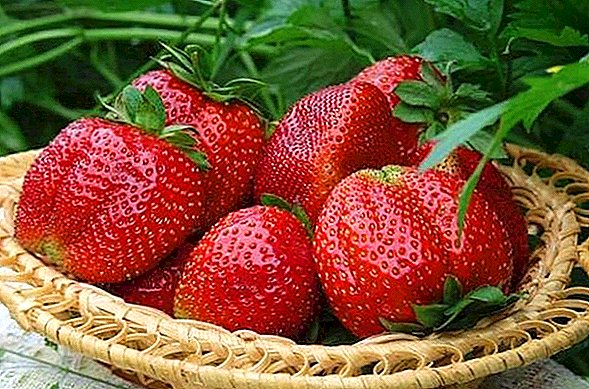
- "Queen Elizabeth". High-yielding variety - one bush brings up to 1.5 kg per season. Among its advantages are compact bushes (up to six can be planted per square meter), long-term multiple (two to five times) fruiting, early harvest in May, resistance to frost and most ailments. The berries are tasty, well transportable, long stored. The variety does not tolerate high temperatures and waterlogging.
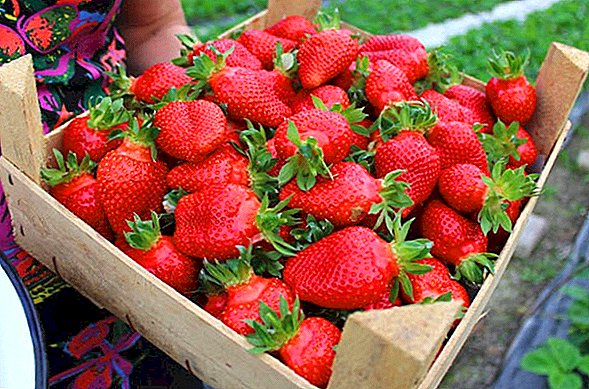
- "Octave". Variety from Ukrainian breeders. Differs in high productivity, average size juicy and strong berries which are well transported.

- "San Andreas". Bred to the USA. Fruits four times per season average in size (30-35 g) dense berries that are well stored and transported. The average yield is 1 kg per bush per season. The plant is resistant to diseases, especially to spotting.
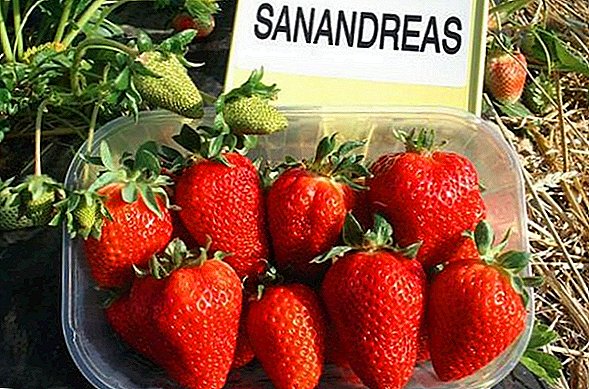
- "Sonata". Dutch variety, which was bred for 14 years. According to its taste characteristics and appearance of the berries are equal to the reference variety "Elsanta". The plant is winter-hardy, unpretentious, high-yielding - up to 1.5 kg from a bush. Berries are well transported and stored. They have a pleasant taste, almost perfect shape and an appetizing strawberry flavor.

- Honey. Early ripe unpretentious grade. Brings medium and large beautiful berries with shine. Their flesh is tasty, juicy, characterized by excellent dessert qualities, estimated at 4.6-5 points. Berries are well transported and well stored. One bush per season on average brings about 1.2 kg. The plant is characterized by frost resistance, resistance to diseases and pests.
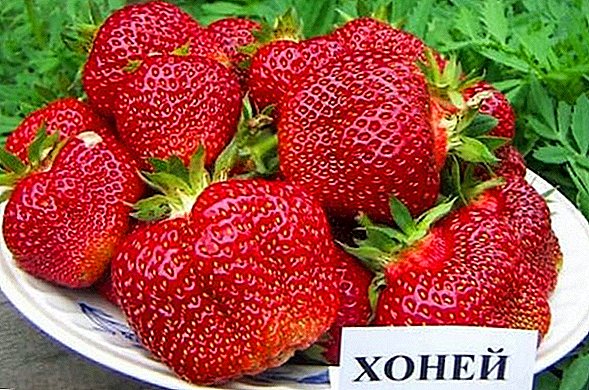
- "Elsanta".Variety of Dutch production. Its productivity makes 1,5-2 kg from a bush. The main advantage of this strawberry are large, 40-45 g each, berries with excellent dessert taste, marked by the highest score. They are well transported, do not spoil for a long time. Resistant to spotting and gray rot.
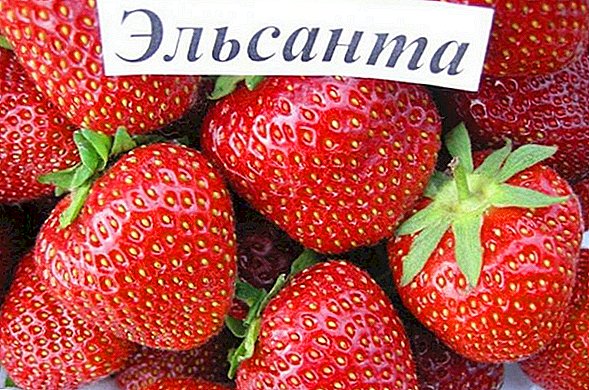
Did you know? In addition to the usual red for us, there is also white strawberry, which has the taste of pineapple.
Did you know? The largest strawberry managed to grow up a resident of Japan Koji Nakao. The berry had a mass of 250 g. While on average, the fruits reach a weight of 15-30 g.
How to choose a good strawberry seedlings
In order to get a generous harvest, in addition to the correct choice of varieties, you need to also purchase high-quality seedlings. When buying with plants it is necessary to make the following manipulations:
- inspect the leaves - they should have a healthy appearance, a rich green color, not have spots, wrinkles, spots and damage;
- count the sheets - there should be at least three of them in the outlet;
- to inspect the root collar for the absence of rot, spots, as well as to evaluate its power (normally - at least 5 mm in diameter);
- assess the condition of the roots - they must be healthy and well developed, at least 7 cm long.
For those who plan to grow strawberries for sale, we recommend purchasing so-called healthy seedlings - plants grown from uterine bushes in special conditions. These seedlings are much more expensive than regular ones, however, they have high resistance to diseases and pests, show the highest yield.  Maximum yields can be achieved from plants that were removed in time flower stalks. Therefore, it is best to purchase seedlings in proven certified gardening and nurseries.
Maximum yields can be achieved from plants that were removed in time flower stalks. Therefore, it is best to purchase seedlings in proven certified gardening and nurseries.
Important! The presence of white dots on the seedlings leaves evidence of its infection with fungal diseases. Pale leaflets indicates the presence of incurable late blight. The wrinkled skin of the foliage is a sign of mite damage. The purchase of plants with the above symptoms must be abandoned.
Soil for cultivation
The first thing you should pay attention to when planting is the composition of the soil. It is prepared a year before the saplings are placed in the greenhouse. The best result can be achieved in the nutrient land used after cereal crops.
Produce fertilizer with humus or compost to saturate the necessary trace elements and peat, which will improve the air- and moisture-permeable qualities of the soil and optimize the level of acidity. If the soil is too acidic, you will need to add lime - 50 kg per hundred. 
We advise you to read about how to independently determine the acidity of the soil, as well as how to deoxidize the soil on the site.
Before planting in pre-moistened land make:
- superphosphate - 30 g / 1 sq. m;
- potassium chloride - 15 g / 1 sq. m
Planting seedlings
Today, strawberries are preferred to be grown in three ways:
- Traditional - in the ground.
- In pots.
- In plastic bags or bags.
Classic scheme
Landing is a two-line method or in a checkerboard pattern. The distance between the rows should be 30-40 cm, between bushes - 25-30 cm, between strips - 80-100 cm. If the seedlings were bought in pots, then they are transplanted by transferring them into the holes 10 cm deep without destroying the earthy coma.
We recommend reading about how to care for strawberries after harvesting, as well as how to trim the leaves and mustache of strawberries and when to harvest them.
The point of growth must remain above the ground. After planting, the plants are watered and mulched with sawdust, straw, geotextile or other materials. Watering in the first month after planting is carried out daily.
In special pots
Dutch technology involves planting seedlings in separate pots. They are located in five or six tiers - so on each square meter fit about 50 bushes. 
For planting in pots it will be necessary to prepare the substrate from:
- peat (two parts);
- perlite (one piece);
- sawdust (1.5 parts).
Pots should be 18-20 cm in diameter, made of plastic, wood, but not metal. They are hung on special mounts, put on wooden or metal racks.
Strawberry bushes are planted like ordinary houseplants: they put a layer of drainage on the bottom, fill the pot with a moistened substrate, carefully place the root system in the hole and sprinkle it with the substrate, lightly tamping it. At the end of planting the plants need to be watered. It is important not to forget about the presence of a drain hole in the pot to remove excess moisture.
Important! This method of cultivation is not suitable for varieties that form a very powerful root system and tall stems.
Video: growing strawberries in pots
In packages
An alternative to pot growing is planting in plastic bags, which is becoming increasingly popular among farmers. At cost, this method is much cheaper.
Familiarize yourself with strawberry cultivation technology using Finnish technology, hydroponics, as well as curly and ampelous strawberries.
Its essence is that the substrate is poured into large, dense plastic bags, preferably white in color, which are installed on the floor, placed on racks, and suspended from fasteners. Desirable package sizes are 16 by 210 cm.
At the bottom of the bags lay expanded clay as a drainage, and then fill them with a substrate of peat and perlite in equal proportions (a mixture of turf soil, river sand, sawdust and humus will also do). Then along the package make incisions of 8 cm at a distance of 25-30 cm from each other. They put the bushes seedlings.
For the cultivation of strawberries using this technology will require the organization of drip irrigation. Instead of plastic bags, polypropylene bags are also used, for example, made from sugar. 
Important! You must have no more than three bags or bags per square meter.
Conditions and care for strawberries in the greenhouse
After planting by any of the above methods, care must be taken of the favorable conditions for the plant and of high-quality regular care, which will include:
- watering;
- airing;
- top dressing;
- preventive treatments.
Additional lighting
Lighting is very important for the growth and development of strawberries. It is necessary that in the greenhouse where strawberries are grown all year round, a 10–14 hour light day is observed. To achieve it, you need to include additional sources of lighting from 8 am to 11 pm and from 5 to 8 pm.  This is especially important in periods of release of peduncles, flowering and fruiting. As an additional source of illumination should use fluorescent lamps.
This is especially important in periods of release of peduncles, flowering and fruiting. As an additional source of illumination should use fluorescent lamps.
If you have chosen to plant a variety of neutral daylight, then under the conditions described above, the plant will be fully provided with the necessary amount of light.
Increasing the length of daylight hours allows for faster flowering and faster fruiting. For example, with an eight-hour daylight the plant will bloom two weeks after planting, and the ovary will give after 1.5 months. At 16 o'clock - the flowers will appear after 10 days, and the ovary of the fruit - in 35-37 days.
Ventilation
Airing is carried out when the temperature in the greenhouse reaches +21 degrees. Do it in the daytime. The ventilation system can be manual or automatic.  Thanks to ventilation, fresh air enters the greenhouse and comes out heated. Thus, it is possible to lower the humidity and temperature, to avoid the development of most diseases.
Thanks to ventilation, fresh air enters the greenhouse and comes out heated. Thus, it is possible to lower the humidity and temperature, to avoid the development of most diseases.
Temperature
When planting in a greenhouse, the temperature should not be higher than +10 degrees. As it grows, it will need to be gradually raised to + 18 ... +20 degrees. When blooming buds, it should be at around + 20 ... +24 degrees. In the future - from +22 to +24 degrees.
Learn how to make a greenhouse from plastic and polypropylene pipes, from polycarbonate, as well as greenhouses "Breadbox", "Nurse", "Signor tomato", according to Mitlayder.
Air humidity
Humidity in the greenhouse during planting should be maintained at 85%. When the bushes take root in the ground, it will need to be reduced to 75%. In the flowering and fruiting phase, this indicator should be set at a level not higher than 70%.
Did you know? Teresa Tallien, a secular home from the time of the French Revolution, took strawberry baths to keep her skin glowing. One such procedure took about 10 kilograms of berries.

The humidity level must be strictly monitored, since this is one of the factors that influence the development of fungal diseases.
Watering
One month after planting, you will need to adjust watering once every 7-10 days. Watering is carried out with warm water in the evening. It is very important to ensure that the plants are not overwetted. Otherwise they will bear watery fruits. Waterlogging also threatens to rot and fungal diseases.
You will probably be interested to know how often you need to water strawberries, how to organize automatic drip irrigation, as well as what drip irrigation is best for the greenhouse.
For strawberries, it is best if water goes directly to the roots and does not get on the stems and leaves. This can be achieved by organizing drip or automatic watering. With the help of a drip system, fertilizers are also introduced. Such a system can be purchased at the store or equip his own.
Pollination
If you choose varieties that are unable to self-pollinate, they will need to provide pollination.  For it use several ways:
For it use several ways:
- manual;
- fan;
- insects;
- draft;
- water
For the second - resort to installing the fan, the air flow which will carry the pollen. At 100 square meters. m will require three vehicles. They will need to be included during flowering every day for several hours.
On large plantations, the help of insects will be needed - for this, a hive is placed in the greenhouse. Despite some laboriousness and insecurity of the method, its efficiency reaches 95%.  You can pollinate plants by spraying water from stationary sources. However, the efficiency in this case will be 45%. Pollen spreads and drafts, if you open the windows and doors of the greenhouse, located opposite each other.
You can pollinate plants by spraying water from stationary sources. However, the efficiency in this case will be 45%. Pollen spreads and drafts, if you open the windows and doors of the greenhouse, located opposite each other.
Top dressing
For feeding you can use a solution of potassium chloride (10 g per 10 l of water) and ammonium nitrate (80 g per 10 l of water). It is brought under the root system. Organic feedings are also effective - slurry (one to five), chicken manure (one to ten). Feeding is carried out every 14 days.
Important! When fertilizing strawberries, it is important to respect the recommended proportions, as too concentrated solutions provoke burns.
Preventive treatment
In order to prevent the disease in the greenhouse, it must be regularly aired, not to overwet the soil and air. It is also necessary to observe the recommended distances between bushes during planting and fertilizer rates. For prevention, the introduction of fungicides in the root zone using the drip method.
Strawberries in a greenhouse may be affected:
- gray rot - for prophylaxis, regular airing will be required, for treatment, removal of diseased plants;

- white spot - provoked by strong soil moistening and high humidity in the greenhouse. It is treated by treatment with the preparations "Falcon", "Euparin", copper sulphate;
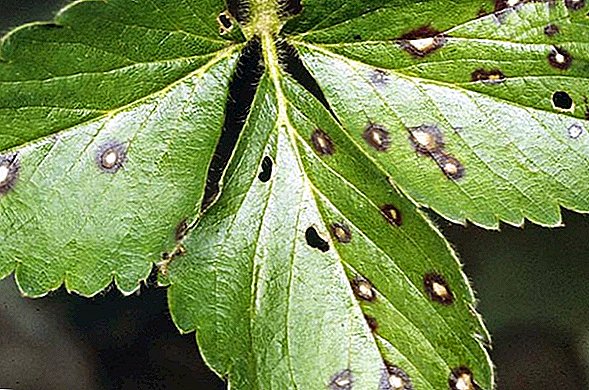
- powdery mildew - develops when the overmoistening of air and soil. It is treated with copper sulfate and soap solution;

- late blight - with the defeat of the plants are removed.
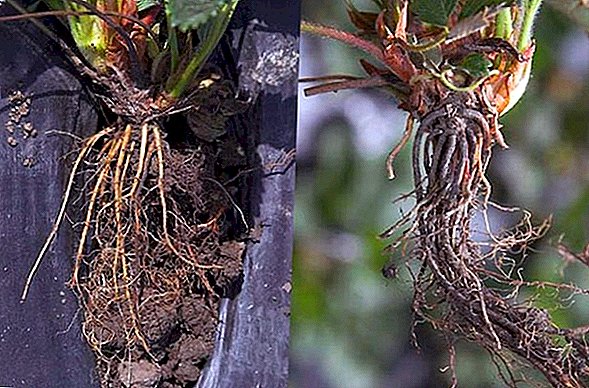
From pests on strawberries at high humidity can attack slugs. To eliminate them, you will need to set traps or collect pests manually. Thus, when growing strawberries in a greenhouse, you can shoot almost year-round harvest.
The greenhouse effect in the cultivation of plants in closed ground provides the most favorable conditions for this berry and allows you to achieve the highest yield. The technologies we have described above make the growing process simple and affordable.
Network User Reviews


















